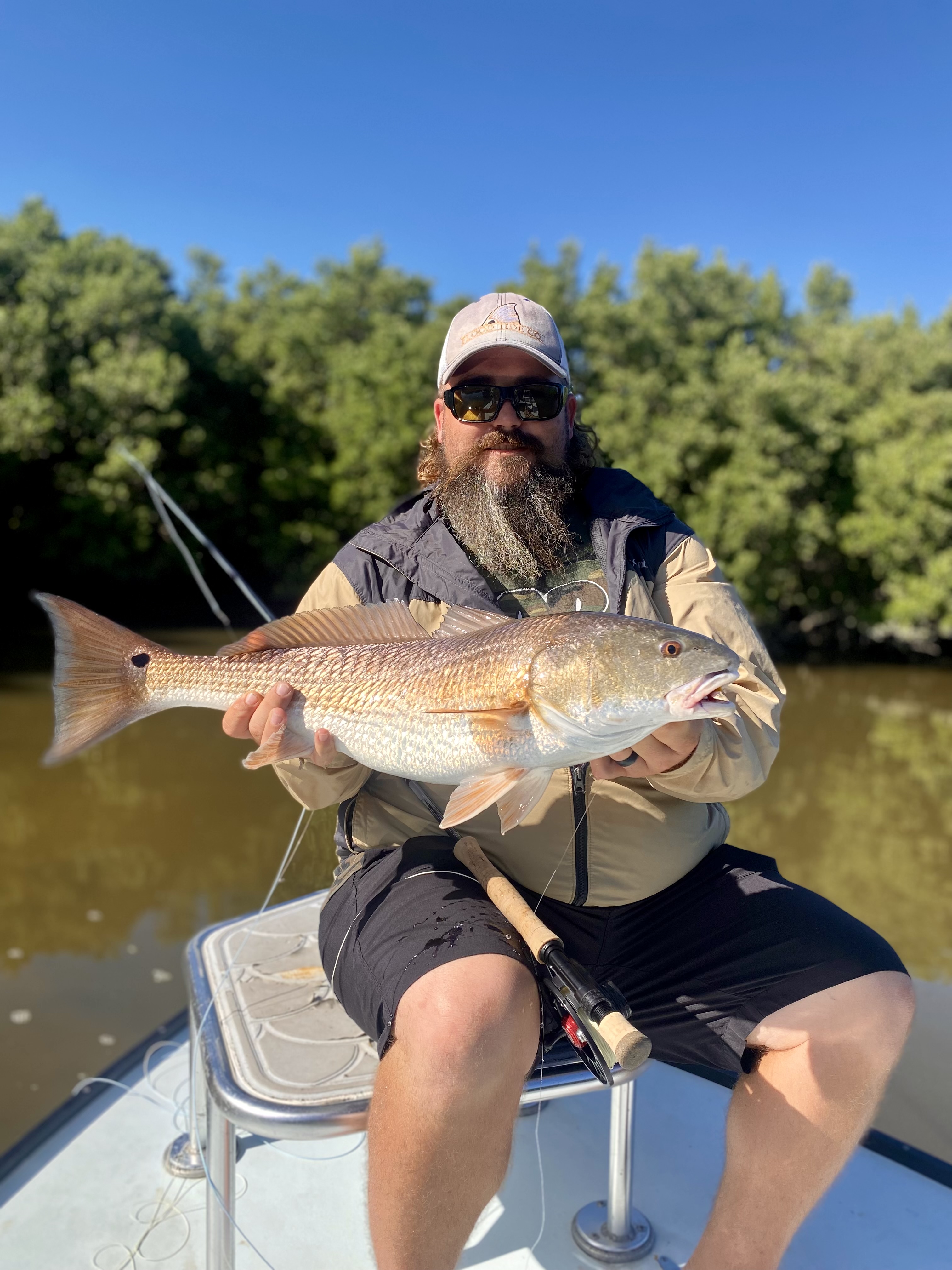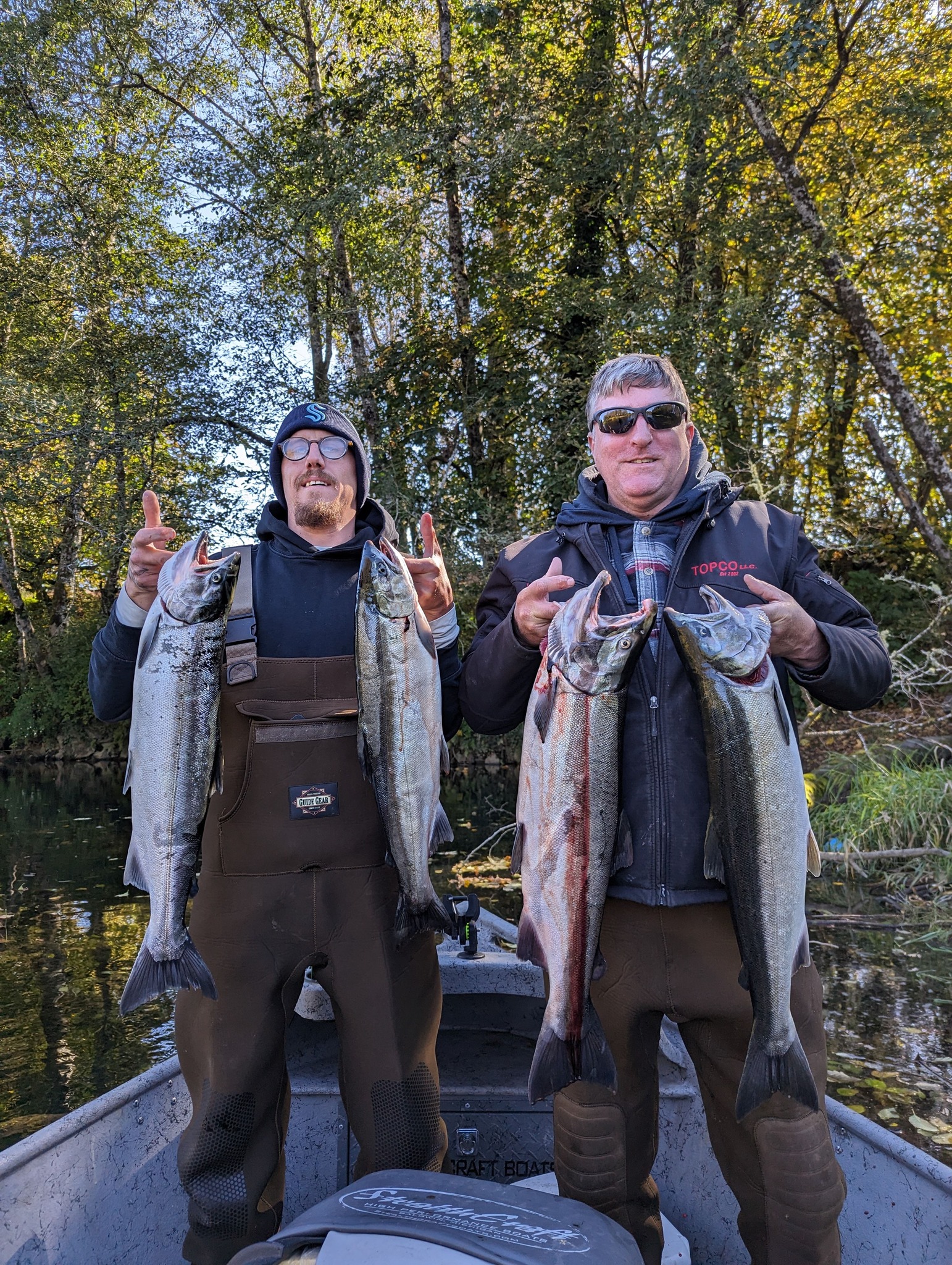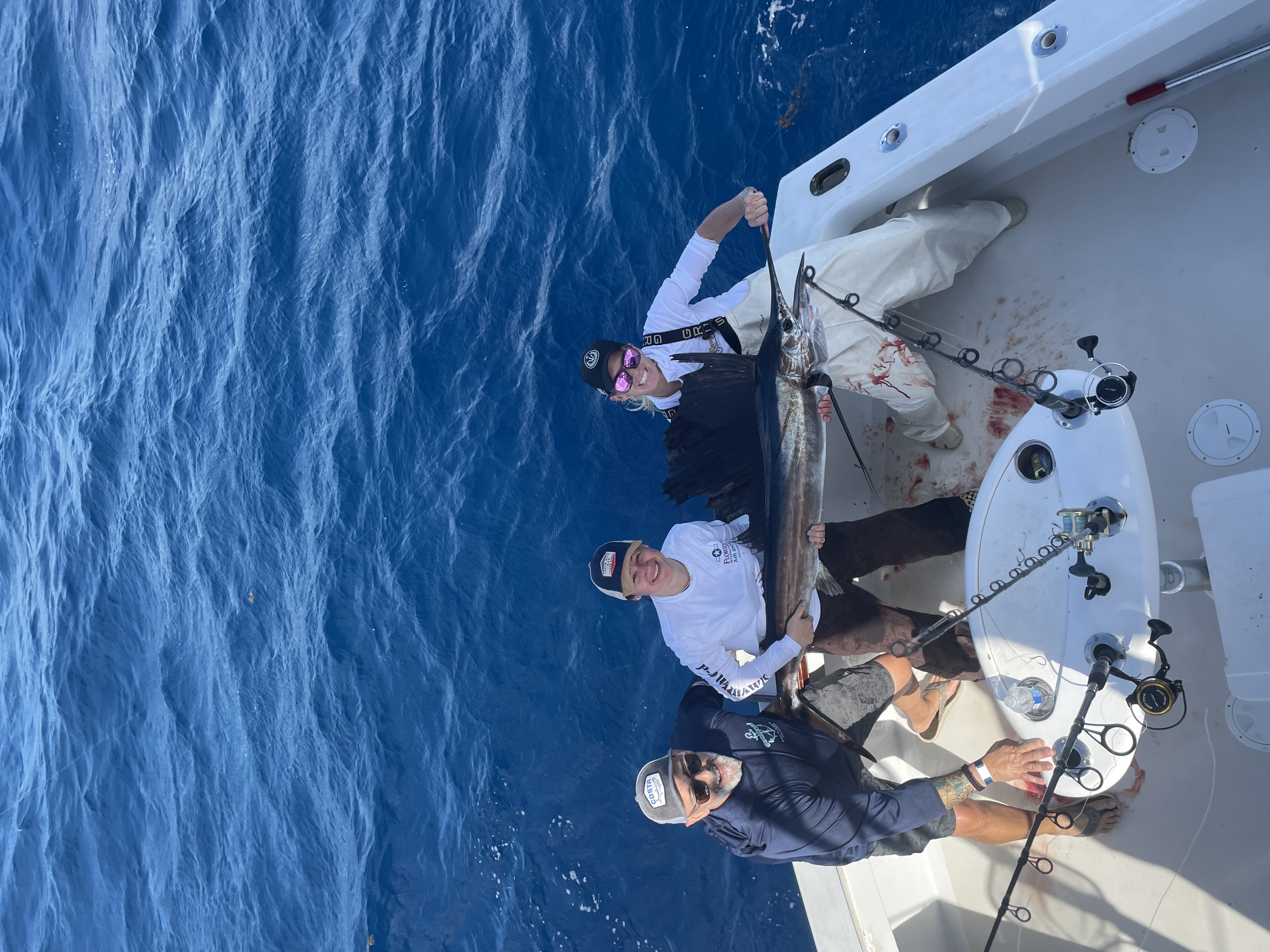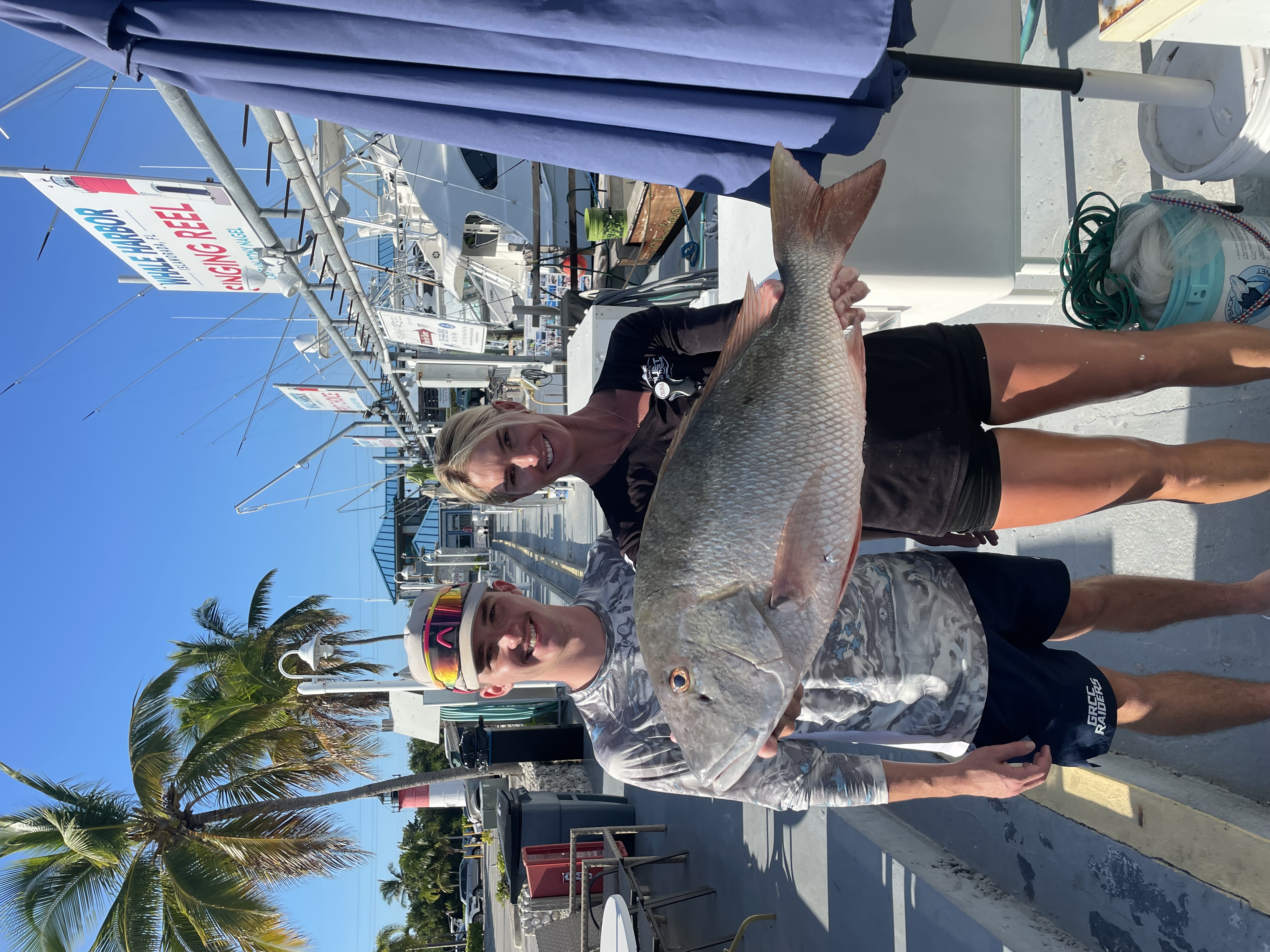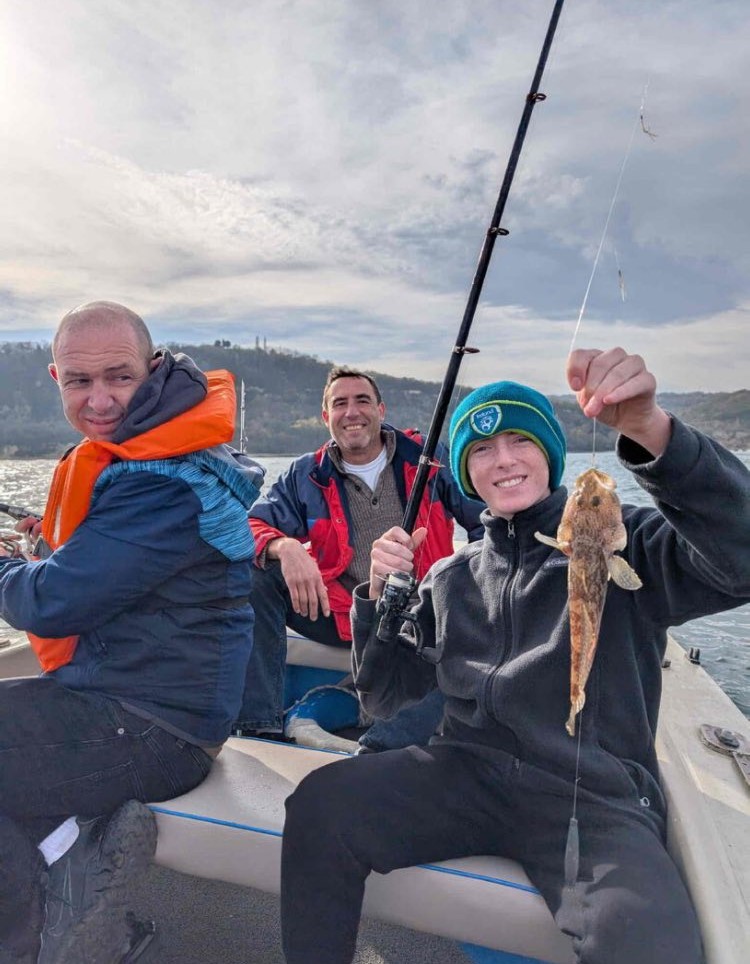Inshore, Flats Fishing in Pineland
Fly Fishing Pineland
Inshore Fishing in Mount Pleasant
Gigging Trip
Salmon Fishing Trip
Steelhead Fishing Trip
Deep Sea, Nearshore Fishing in Puerto Aventuras
Fishing Charter, Puerto Aventuras
Deep Sea, Nearshore Fishing in Islamorada
4 Hour Half Day
Deep Sea, Nearshore Fishing in Islamorada
6 Hour 3/4 Day
Black Sea Trips
Deep Sea, Nearshore Fishing in Sarasota
Red Snapper December Re-Open
Winter Steelhead
We started Captain Experiences to make it easy to book fishing and hunting guides around the world. With over 2,000 Damn Good Guides, our platform makes finding and booking a trip seamless. Head here to check out our trips.
How To Fish Live Bait
Live bait is the oldest and most reliable bait because you're offering fish what they naturally eat. Setting up to fish with live bait is fairly simple, but if it's not done right, you might be feeding fish and not catching them. Here are the most popular ways to fish with live bait.

Fishing Live Bait on the surface
Keeping your bait near the surface gives you the best chance of getting a bite when the water or fish are running shallow. One of the most popular ways to five live bait near the surface is with a popping cork, but bobbers and floats will also work. The added benefit of a popping cork is its signature splash and chugging sound, which draws the attention of nearby fish.
To set this rig up, you first need to slide the popping cork onto the line followed by a bead, then tie on a swivel. The bead prevents the soft cork from getting stuck on the swivel, but if you are using a bobber or float you can skip this altogether. On the other end of the swivel, tie on a leader and appropriately sized hook for the bait you’re using. Hook on a live shrimp or baitfish and cast it out.
When using a regular bobber or float, let your bait drift until you get a bite, but be sure to reel it in occasionally to check and reposition the bait. For a popping cork, let the bait land and sit for a few seconds before starting the retrieve. To use a popping cork, quickly jerk the line by whipping the rod tip up or to the side, then reel in the slack and repeat. The bait should make a popping sound and splash on the surface when done correctly which will draw in curious fish.
Bottom Fishing Live Bait
Fishing deep water requires a strong leader, heavy weight, and stout hook to ensure the bait makes it to the bottom. If sharks or other toothy fish are in the area, using a wire leader might be the way to go. There are many variations of bottom fishing rigs, with the most crucial part being the weight.
An egg weight can be attached to the line before the swivel if you want it to slide, or a pyramid weight can be used on a three-way swivel which makes changing weights easier. From the swivel, tie on a leader that’s between 12 to 24 inches long followed by your hook. The swivel will rotate freely, preventing the line from becoming twisted and tangled, while the leader allows the bait to move around the weight.
Using a bottom fishing setup is very simple: just bait the hook and drop it down until it hits the bottom. In some situations, anglers will advise reeling up about a foot to keep the weight just off the bottom, giving the bait even more room to swim.
Using Live Bait for Suspended Fish
While anglers commonly target fish on the bottom and the surface, fish spend most of their time somewhere in between. While targeting fish suspended in the water column, there are two common techniques that can be used to put bait in the strike zone—casting a weighted line or a casting modified bottom fishing rig.
Adding a small weight and removing the float from the surface setup allows live bait to be cast and sink slowly to moderate depths. This is ideal for targeting fish in 30 feet of water or less. Don’t expect to let your bait sink to 30 feet because keeping it there would require a slow and cumbersome retrieve. Predatory fish in the upper part of the water column will hunt bait from below and strike up into the bait ball making a slowly sinking live bait rig look like an easy meal.
By changing a bottom fishing set up from a pyramid weight to a fixed round weight, live bait can be used similar to a jig. Use this configuration by dropping the bait to the bottom, then start reeling the bait back up toward the surface and repeat. This gives the fish two opportunities to strike, one on the way down and one on the way back up.
How To Hook Live Bait
Hooking bait properly is crucial to getting bites and connecting with fish once they strike. To properly hook most baitfish, take the hook and push the point through the lower jaw up through the area between the nose and eyes. To properly hook a shrimp, the hook should be pushed sideways through the head, between the eyes and the brain.
If the hook is too far forward, the bait will not be secure and eventually shake free. If the hook is set too far back, it will puncture the brain and is not live bait at that point. The right set up with a properly secured bait is an incredibly effective and reliable method for catching fish. If you want to learn how to fish live bait or just want to catch some fish, check our fishing charters.
Joey Butrus
Updated on August 2, 2023

July 1, 2024

March 8, 2022

July 31, 2024

June 28, 2023

August 21, 2023
Related Articles
August 2, 2022
October 31, 2022
Featured Locations
- Fishing Charters Near Me
- Austin Fishing Guides
- Biloxi Fishing Charters
- Bradenton Fishing Charters
- Cabo San Lucas Fishing Charters
- Cancun Fishing Charters
- Cape Coral Fishing Charters
- Charleston Fishing Charters
- Clearwater Fishing Charters
- Corpus Christi Fishing Charters
- Crystal River Fishing Charters
- Dauphin Island Fishing Charters
- Daytona Beach Fishing Charters
- Destin Fishing Charters
- Fort Lauderdale Fishing Charters
- Fort Myers Fishing Charters
- Fort Walton Beach Fishing Charters
- Galveston Fishing Charters
- Gulf Shores Fishing Charters
- Hatteras Fishing Charters
- Hilton Head Fishing Charters
- Islamorada Fishing Charters
- Jacksonville Fishing Charters
- Jupiter Fishing Charters
- Key Largo Fishing Charters
- Key West Fishing Charters
- Kona Fishing Charters
- Lakeside Marblehead Fishing Charters
- Marathon Fishing Charters
- Marco Island Fishing Charters
- Miami Fishing Charters
- Montauk Fishing Charters
- Morehead City Fishing Charters
- Naples Fishing Charters
- New Orleans Fishing Charters
- New Smyrna Beach Fishing Charters
- Ocean City Fishing Charters
- Orange Beach Fishing Charters
- Panama City Beach Fishing Charters
- Pensacola Fishing Charters
- Pompano Beach Fishing Charters
- Port Aransas Fishing Charters
- Port Orange Fishing Charters
- Rockport Fishing Charters
- San Diego Fishing Charters
- San Juan Fishing Charters
- Sarasota Fishing Charters
- South Padre Island Fishing Charters
- St. Augustine Fishing Charters
- St. Petersburg Fishing Charters
- Tampa Fishing Charters
- Tarpon Springs Fishing Charters
- Venice Fishing Charters
- Virginia Beach Fishing Charters
- West Palm Beach Fishing Charters
- Wilmington Fishing Charters
- Wrightsville Beach Fishing Charters


